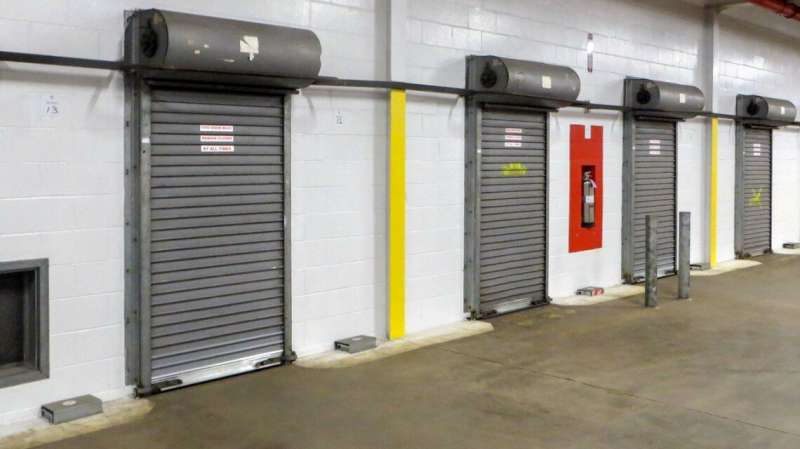To better protect food, place rodent traps near warmth, shelter

Placing rodent traps and bait stations based on rat and mouse behavior could protect the food supply more effectively than the current standard of placing them set distances apart, according to new research from Cornell University.
Rodents cause billions of dollars in losses to the food supply each year, and carry pathogens that can sicken and kill humans, including salmonella, E. coli and Leptospira.
In the 1940s and 50s, scientists recommended that farmers, food manufacturers and distributors evenly space rodent traps or bait boxes in their facilities. But in fact, a new study finds placement based on rat and mouse behavior is more effective.
"From there, it just became a mantra without anybody scientifically evaluating it to see whether this was working," said first author Matt Frye, community extension educator with the New York State Integrated Pest Management Program (NYSIPM) based at Cornell.
"For a long time, inspectors would actually bring tape measures with them and measure the distance between devices," he said. "If it was different from the guidelines, the facilities would get penalized. The yardstick approach makes it very easy for facilities and auditors to implement programs, but it doesn't really lead to effective pest management."
In the new study, Frye and Jody Gangloff-Kaufmann, senior extension associate at NYSIPM, found traps placed near areas with attractive features, like warmth and shelter, captured more rodents, while more than half of traps never caught anything.
In addition to smarter trap placements, the researchers also recommend fewer traps—a counterintuitive suggestion that pest control companies and food safety auditors may balk at -because both technicians and rodents can develop "device fatigue." Rodents may avoid devices that have been in the same place for too long because they're no longer interesting to explore.
Researchers found the south and, especially, west sides of buildings, motors and refrigeration compressors all provide warmth and are attractive to pests, and should be a focus of pest management efforts.
Researchers hope this work will help food suppliers to adopt the stricter standards of the Food Safety Modernization Act, which emphasizes preventing food contamination instead of just responding to it.
Provided by Cornell University



















